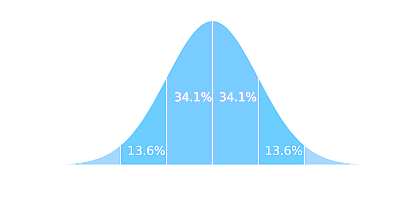
The test statistic is calculated as: z (p 1 -p 2) / (p (1-p) (1/n1+1/n2) where: p total pooled proportion. Unlike the p-value, the level is not derived from any observational data and does not depend on the underlying hypothesis the value of is instead set by the researcher before examining the data. A two proportion z-test is used to test for a difference between two population proportions. The null hypothesis is rejected if any of these probabilities is less than or equal to a small, fixed but arbitrarily pre-defined threshold value, which is referred to as the level of significance. Hit the calculate button (below) when youre ready. The smaller the p-value, the higher the significance because it tells the investigator that the hypothesis under consideration may not adequately explain the observation. You also need to select a significance level and whether your hypothesis is one or two-tailed.


Because the sample size is large, we look up the p-value on the Z. For the 2-tailed hypothesis test, the calculated z score must still be farther away from the mean than the critical value. So this is two-tail hypothesis testing because the alternative hypothesis is that 200. To make our decision we will again draw a distribution. Now, however, we have a critical Z score of +/-1.96. Depending on how it is looked at, the "more extreme than what was actually observed" can mean (right-tail event) or (left-tail event) or the "smaller" of and (double-tailed event). We know that we have a 2-tailed hypothesis and we are working with an alpha level of 0.05. The p-value is defined as the probability, under the null hypothesis, here simply denoted by (but is often denoted, as opposed to, which is sometimes used to represent the alternative hypothesis), of obtaining a result equal to or more extreme than what was actually observed.

The p-value or probability value or asymptotic significance 1


 0 kommentar(er)
0 kommentar(er)
